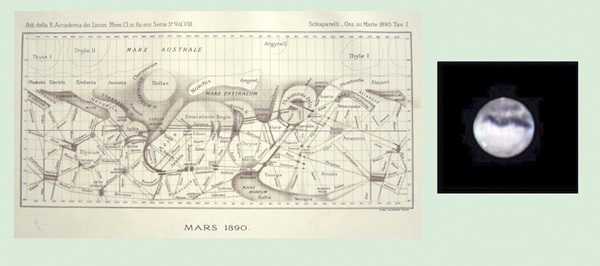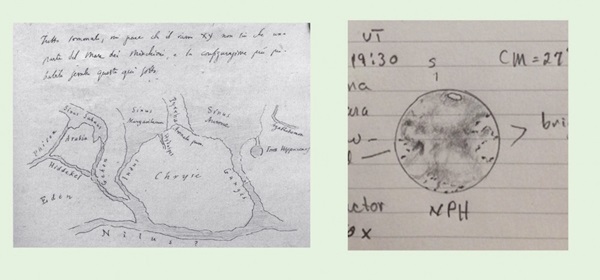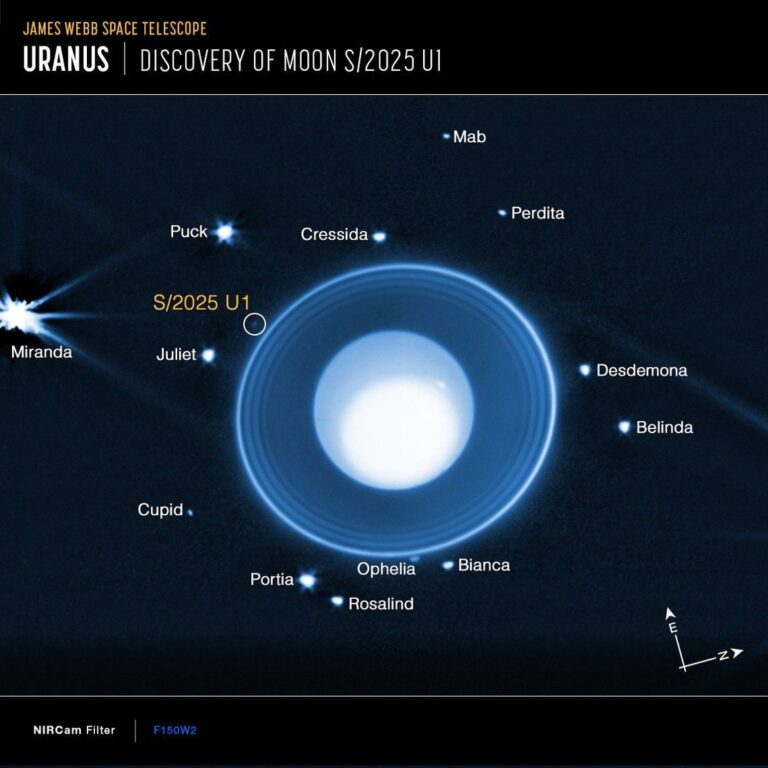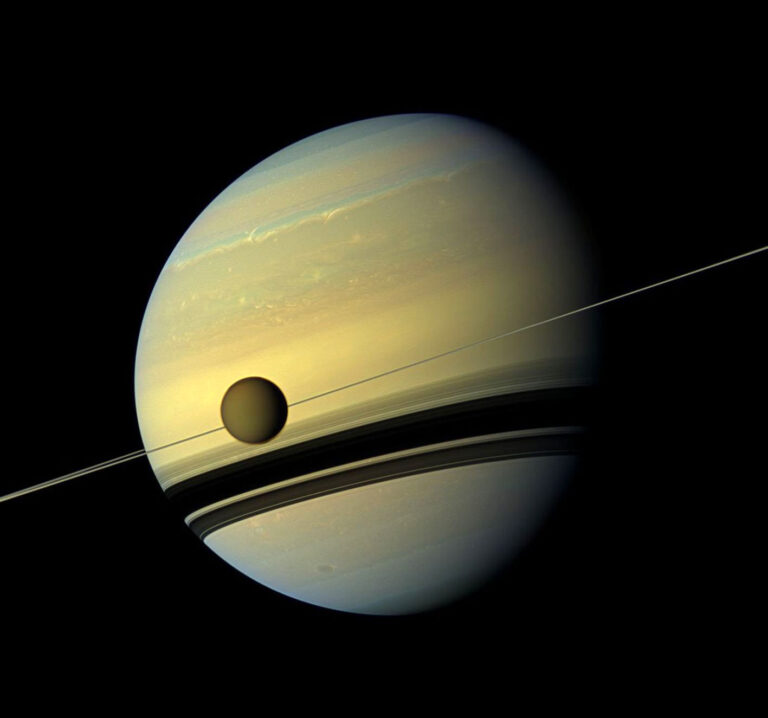Key Takeaways:
In 1877, Italian astronomer Giovanni Schiaparelli first described the network of dark lines on Mars we now call canals. Amateur astronomers can still see and image them today, as shown in this shot (lower right) by Sal LaRiccia of Somerville, Massachusetts, taken Oct. 14, 2020.
Now that the best apparition of Mars in recent memory has passed, I’d like to share some thoughts on the illusions of its canals. When it comes to canal sightings, many observers mentally brush them away like cobwebs. But to those interested in the history of astronomy and how the eye/mind system works, the study of martian canals is like witnessing how a magician alters visual processing with optical illusions.
As William Sheehan writes in the August 2015 issue of The Antiquarian Astronomer, “The canals still exist — and will always exist — in the subjective realm of illusion, making their appearances when Mars is viewed under the right conditions.”
In 2020, I dedicated much observing time to seeking out martian canals — a difficult task, as they were surprisingly rare and fleeting. They don’t appear all over the planet at once, as some maps of Mars suggest, but singly and in flashes so quick that the brain doesn’t register them with a single sighting. As Percival Lowell wrote in his 1906 book Mars and Its Canals: “For so short and sudden are its apparitions that the locating of it is dubiously hard. It is gone each time before he has got its bearings. … Such is the experience every observer of them has had.”
In my studies, the features I would consider “canals” materialized only when the planet appeared largest (more than 20″ in diameter). For the observations, I used a 3-inch refractor at magnifications ranging from 300x to 400x — those typically used by Lowell, and Giovanni Schiaparelli before him.
Irradiation illusion
The Schiaparellian canal Indus was extremely prominent this past apparition. In images, Indus appears as a broad lane of irregularly dark terrain that includes Oxia Palus. During moments of excellent seeing, I saw the features clearly defined — but only when looking directly at them. When my attention strayed, the surrounding bright deserts created an irradiation illusion that narrowed Indus into a thin, beaded linear canal.
The same illusion transformed a dimmer lane of dark terrain in Chryse into the Schiaparellian canal Hydaspes. These canals correspond to real albedo features. As Eugene Antoniadi wrote in his 1930 book The Planet Mars, “Schiaparelli’s ‘canals’ have a basis in reality, though they do not exist on Mars as true canals.”
Future seeing
According to neurobiologist Mark Changizi, author of The Vision Revolution, “We see illusions because our brains are attempting to see the future.” And motion, he says, is crucial to the story of illusions. When the brain attempts to generate a perception, Changizi says, it does so by trying to fast-forward a tenth of a second. As a result of this neural delay, we might not perceive an image as it is, but as we expect it might soon be.
And so it appeared on a night of exceptional seeing when I glimpsed the Schiaparellian canals Chrysarrhoas and Sirenius. Unlike with Indus, I could not associate their positions with a linear albedo feature, ruling out the irradiation effect. Both canals began at the tips of pointed mare features. The tips served as arrows that prompted the eye to extend them in the direction they were pointing. The canals always appeared in the mind’s eye to drop down (to the north) from these tips, like dripping paint.
In these latter cases, most likely, my brain was gathering data quickly but not accurately. This left an impression of what my mind thought I should see, rather than what was really there. As Lowell himself said in Mars and Its Canals, “Of a sudden be made aware of a vision as of a thread stretched somewhere from the blue-green across the orange areas of the disk. Gone as quickly as it came, he will instinctively doubt his own eyesight, and credit to illusion what can so unaccountably disappear.”
I’m interested in reading about other experiences. Send your observations to sjomeara31@gmail.com.











